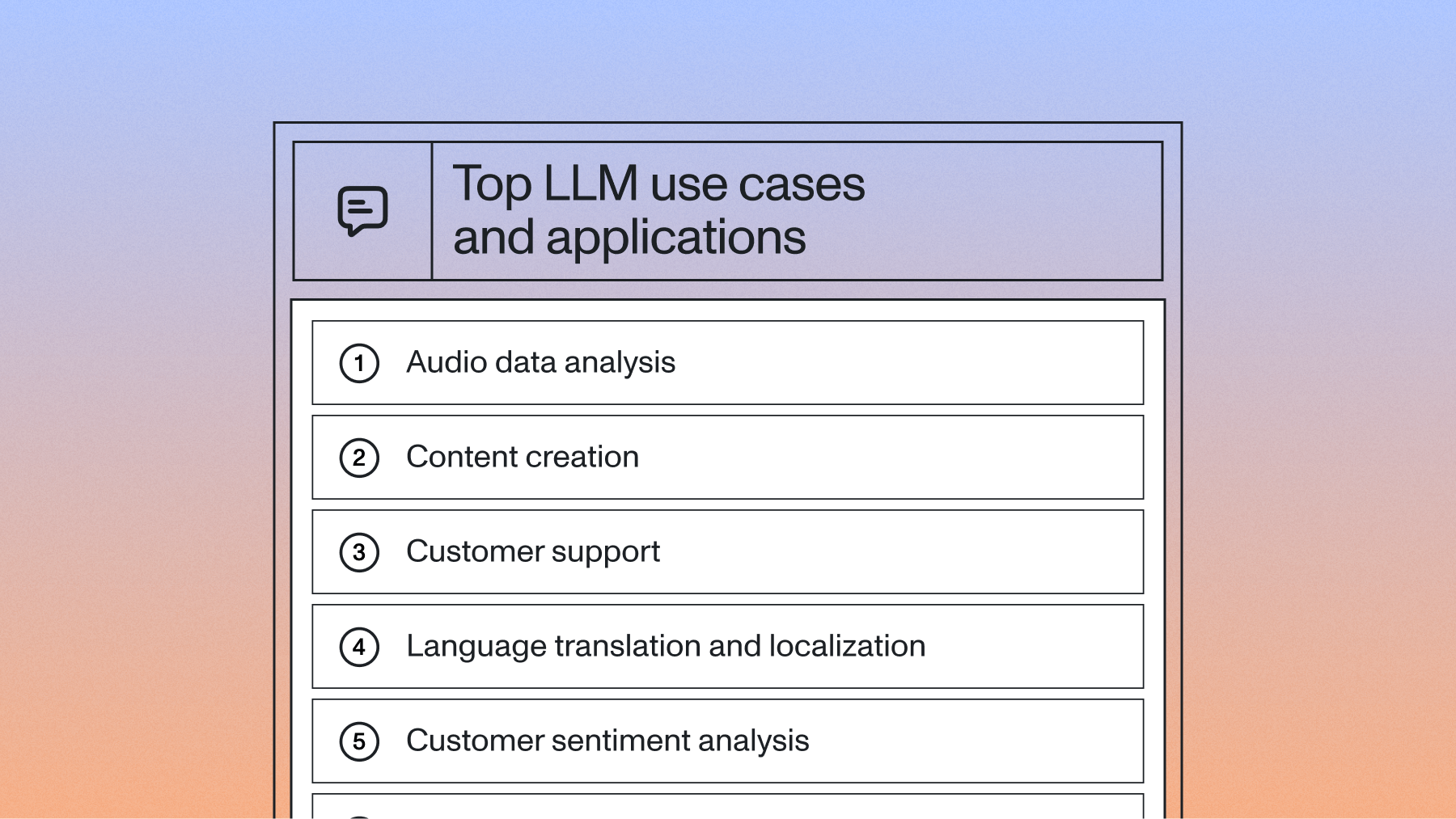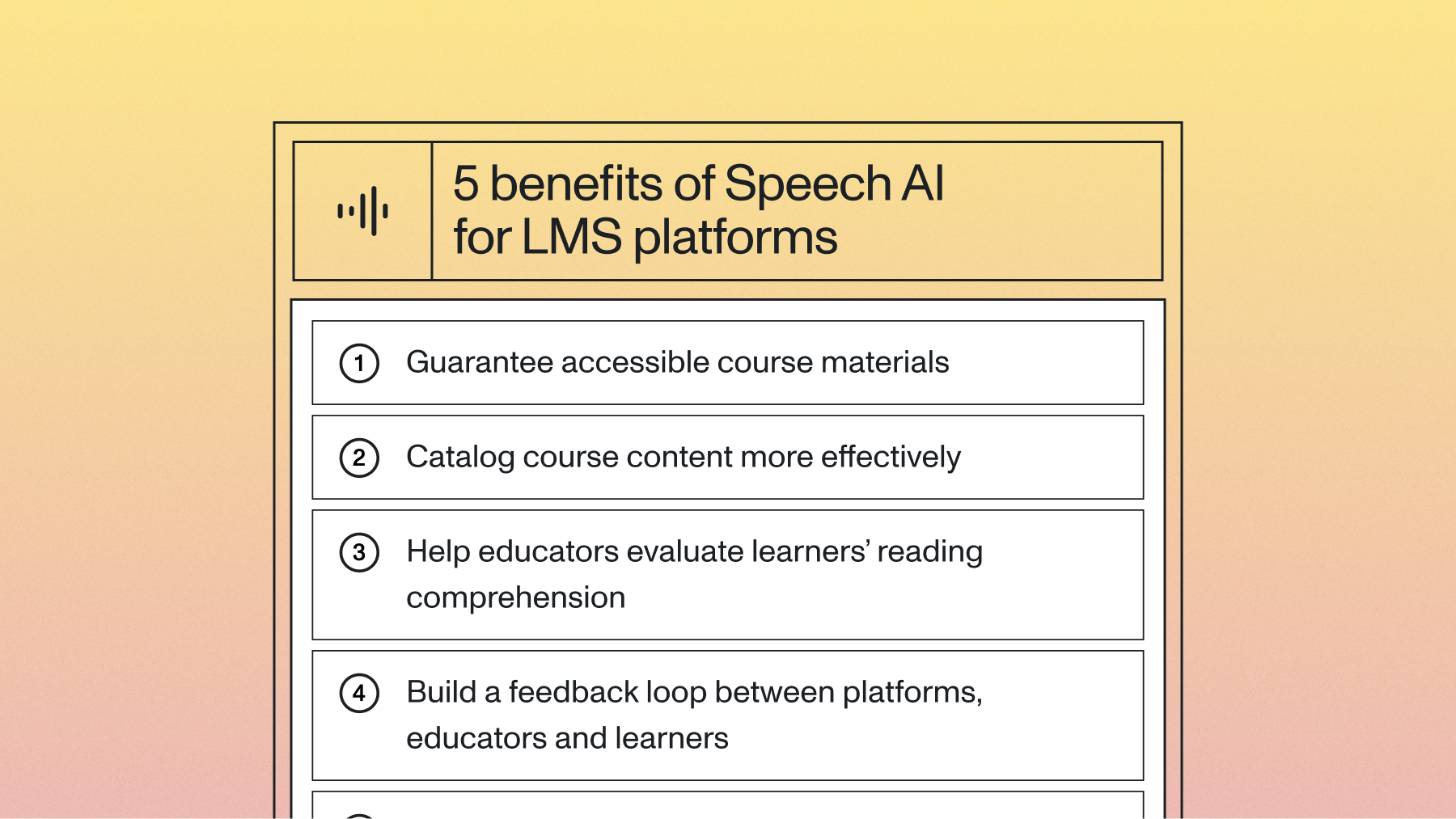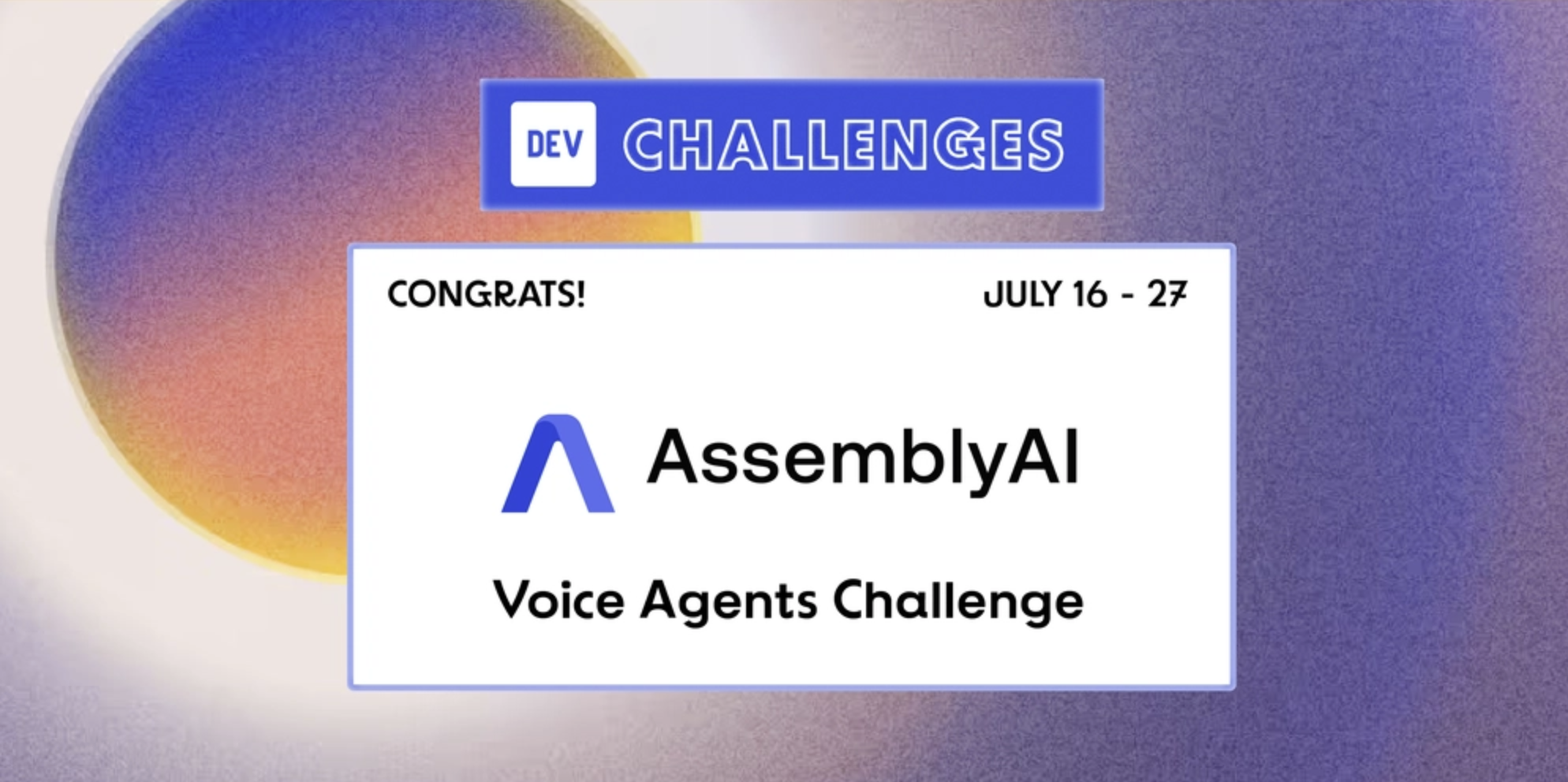9 ways to transform contact center results with AI-powered speech analytics
From enhancing customer satisfaction to driving operational efficiency, learn how to transform your contact center's results with AI-powered speech analytics



Contact center speech analytics often leverage artificial intelligence to transform raw, unstructured voice data into actionable insights. AI-powered speech analytics help businesses easily analyze conversations with customers, so teams can gather real-time customer behavior data at an unprecedented scale.
This means hours of recorded calls can unlock opportunities to:
- Identify customer complaints or issues
- Pinpoint upsell and cross-sell opportunities
- Learn where contact center agents are falling short or exceeding expectations
- Guide training programs and educational materials for employees
- Ensure compliance and quality assurance for any business and its customers
- Reveal trends in customer behavior, preferences, and market demand
- Understand customer sentiment and emotional tone
From enhancing customer satisfaction to driving operational efficiency, we’ll cover how AI-powered speech analytics can significantly boost a contact center's results.
What is AI speech analytics?
AI speech analytics blend modern technologies to digest and transform voice data into actionable insights. It's about turning every customer call, every word, and every expressed feeling into valuable data points that can drive strategic decisions.
While AI speech analytics tools can be built on a variety of AI models, they often include the following:
- Automatic Speech Recognition (ASR): This foundational technology transcribes human speech into text, making audio content accessible and analyzable. Modern ASR models like Universal-1 achieve near-human accuracy, enabling real-time and asynchronous transcription of conversations. Streaming Speech-to-Text models can also transcribe live audio and video streams in real time.
- Large Language Models (LLMs): LLMs take the transcribed text and apply advanced AI algorithms to generate insights, automate responses, or even craft summaries. They are the building blocks for creating sophisticated Generative AI tools that interpret and respond to human language.
- Frameworks for LLMs: Frameworks like AssemblyAI's LeMUR let users apply a vast array of LLM capabilities so they can turn voice data into better user experiences and products for their customers. These frameworks allow customization of summaries and analysis to enable users to extract specific insights tailored to their needs—from evaluating call performance to summarizing key discussion points.
- Audio Intelligence: Audio Intelligence encompasses a suite of tools for deeper analysis beyond transcription and text generation. It includes sentiment analysis, topic detection, and content moderation, offering a comprehensive understanding of the emotional tone, subjects discussed, and content etiquette in voice data.
AI speech analytics isn't just about learning from historical data—it's also used in real-time, with the help of Streaming Speech-to-Text models, for live monitoring and immediate analysis, empowering contact centers to respond quickly and intelligently.
How AI-powered speech analytics tools for contact centers boost results
Speech data is every contact center's most valuable asset, but it is challenging to analyze hours of audio data manually. This means much of that data is unused.
Here are a handful of examples of how to use speech analytics tools to make better use of this speech data for any contact center:
1. Improve customer understanding
Speech analytics tools dive into voice interactions to determine customer needs, preferences, and frustrations. They analyze the subtleties of language, tone, and sentiment to uncover the underlying reasons behind customer calls, offering a window into their true expectations.
Contact centers can use this understanding to better tailor responses and services. Teams can provide solutions faster and anticipate customers' needs, leading to shorter calls, more resolutions, and greater customer satisfaction.
The result is a stronger customer relationship built on insight-driven interactions that exceed expectations.
2. Optimize agent performance
Speech analytics provide an unbiased lens for evaluating each interaction, highlighting exemplary service, and pinpointing areas for improvement. This data-driven approach allows for personalized coaching and development, ensuring agents are well-equipped to handle customer inquiries.
3. Boost operational efficiency
Operational efficiency is the backbone of any high-performing contact center. Every call counts. Every word is an opportunity to better understand a customer.
Automating the process of monitoring and analyzing calls streamlines what was once a labor-intensive task. Gather insights at scale, monitoring thousands of calls without a human having to listen or read transcriptions from thousands of hours of data.
This shift frees up valuable resources and provides a continuous flow of insights into operational performance, making it easier to find bottlenecks and opportunities for process optimization. This ability to pivot quickly (based on hard data) leads to a more agile, responsive contact center environment.
4. Identify sales and upsell opportunities
Every customer conversation holds potential sales opportunities. However, these golden chances are often revealed through very subtle cues and expressed needs. While they might be hard to spot on a one-off occasion, they become increasingly prevalent when analyzed at scale.
Contact center speech analytics tools help detect these special moments, transforming routine interactions into revenue-generating touchpoints. Agents with real-time insights and recommendations can more effectively offer the right solution at the right time to the right customer.
5. Reduce manual post-call work
The time spent on manual post-call tasks—like call logging, summarization, and action item extraction—can significantly slow down operations and hurt the customer experience. AI-powered speech analytics automatically extract key call details, summaries, and actionable insights directly from the conversation's content.
This frees up agents to focus more on the customer (and less on typing notes), allowing them to provide a more empathetic, personalized experience. And once the call is over, agents don't need to waste time furiously typing notes before moving on to the next call—AI takes care of the minutiae for them.
Plus, AI speech analytics ensures consistency and accuracy with note-taking. Reducing manual post-call work leads to quicker follow-up times and more immediate action on customer feedback or requests.
6. Maintain compliance
Businesses can use contact center speech analytics to protect themselves from legal repercussions and maintain the trust of customers and partners.
AI-powered speech analytics tools enable teams to continuously scan conversations for compliance with external regulations and internal guidelines. This technology can catch potential compliance issues before they escalate, ensuring every customer interaction aligns with a company's commitment to ethical and lawful conduct.
7. Mitigate risks
Beyond compliance, voice data can be used to help with broader risk management strategies. Contact centers can use this technology to analyze conversational data and detect early signs of customer dissatisfaction, potential fraud, and other risks that could lead to financial loss or reputational damage.
Proactive risk mitigation (facilitated by speech analytics) allows businesses to respond quickly to potential threats and implement corrective measures or adjustments to prevent negative outcomes.
8. Protect employees
Contact centers can be exhausting for call agents, especially if customers are particularly challenging. Encounters with problematic callers can take a toll on staff morale and mental health.
Contact center speech analytics tools can help detect callers' content, tone, sentiment, and emotional state to identify issues proactively. These systems can trigger alerts, allowing teams to quickly route calls to a manager or specially trained staff equipped to handle these delicate situations carefully.
This preemptive approach safeguards employees and protects relationships with customers. Happier employees lead to less turnover, ultimately creating a healthier workplace.
9. Discover new customer insights
The collective voice of customer conversations is a rich source of insights into emerging trends and shifting preferences. Speech analytics aggregate and decipher massive amounts of voice data to offer a forward-looking perspective that informs strategic planning.
Contact centers can use these insights to anticipate customer needs, adapt product development, and innovate proactively. These strategic insights turn any contact center from a support service into a strategic contributor, empowering businesses with growth and adaptation recommendations.
Learn how to extract insights from customer conversations
Every customer conversation holds a wealth of insights, and the process of transforming these simple interactions into actionable intelligence starts with the right tools and technologies.
Interested in seeing how you can build AI-powered call analytics tools and features that extract actionable insights from your customer call data? Check out AI-powered call analytics: How to extract insights from customer conversations.
Lorem ipsum dolor sit amet, consectetur adipiscing elit, sed do eiusmod tempor incididunt ut labore et dolore magna aliqua. Ut enim ad minim veniam, quis nostrud exercitation ullamco laboris nisi ut aliquip ex ea commodo consequat. Duis aute irure dolor in reprehenderit in voluptate velit esse cillum dolore eu fugiat nulla pariatur.




%20is%20Being%20Used%20Today.png)

